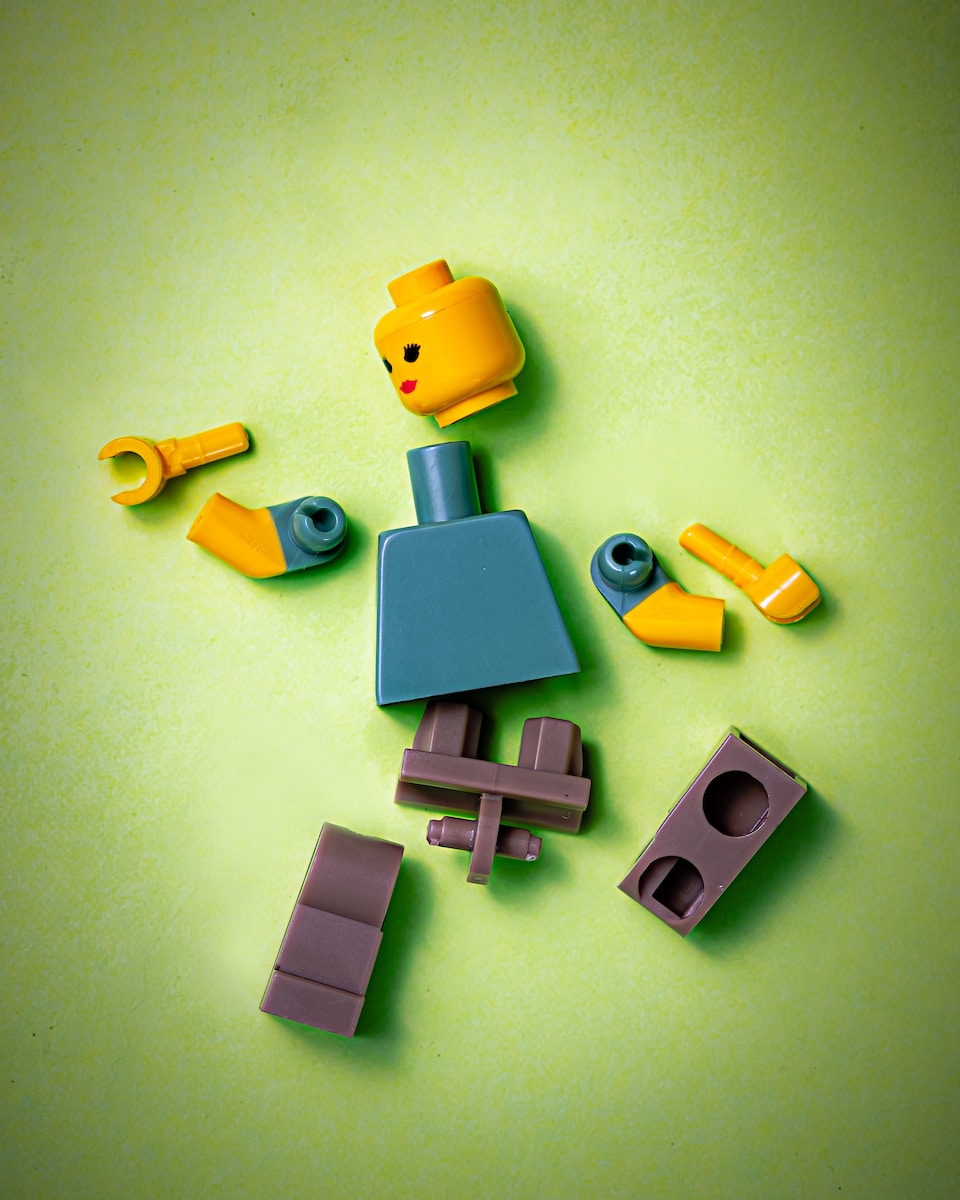How to resolve YUM Dependency Hell
YUM (Yellowdog Updater, Modified) is a widely used package management tool in Linux distributions like CentOS, Fedora, and Red Hat. While YUM simplifies the process of installing and updating software packages, it is not uncommon to encounter dependency issues, commonly known as “Dependency Hell.” In this blog post, we will delve into the concept of dependency hell, understand its causes, and explore effective solutions to resolve it. Additionally, we will include steps to address the “--skip-broken” error message that sometimes appears during dependency resolution.
Understanding Dependency Hell:
Dependency hell refers to a situation where installing or updating a package becomes challenging due to conflicting dependencies. This occurs when a package requires specific versions of other packages, but those versions conflict with the requirements of other installed packages. Resolving dependency hell involves finding a balance between satisfying the dependencies of all packages without causing conflicts.
Steps to Resolve YUM Dependency Hell:
- Identify the problematic package:
Begin by identifying the package causing the dependency conflicts. This can often be determined by examining the error messages or warnings provided by YUM. Example:
Let’s say we encounter a conflict with the package “example-package,” which requires a specific version of “dependency-package.” - Check available repositories:
Verify if the required package and its dependencies are available in the enabled repositories. Ensure that all relevant repositories are properly configured in the YUM repository configuration files. - Update the system:
Before resolving the dependency issues, ensure that your system is up to date. Execute the following command to update the system:
sudo yum update- Remove conflicting packages:
In some cases, removing the conflicting packages may be a viable solution. However, exercise caution as removing critical packages could lead to system instability.
sudo yum remove conflicting-package- Resolve dependencies manually:
If the conflicting packages cannot be removed, you may need to resolve the dependencies manually. This involves identifying compatible versions of the conflicting packages and installing them together.
sudo yum install dependency-package-1.0.0 example-packageHere, “dependency-package-1.0.0” represents the specific version compatible with the example package.
Steps to Fix the “–skip-broken” Error:
- Understand the error:
When encountering dependency conflicts, YUM may suggest using the--skip-brokenoption to work around the problem. However, this can lead to an incomplete installation or potential issues down the line. - Analyze dependencies and conflicts:
Before considering the “–skip-broken” option, carefully review the dependency conflicts displayed by YUM. Assess the impact of skipping the broken packages and potential ramifications on your system’s stability. - Explore alternative solutions:
Instead of skipping the broken packages outright, try the following steps to resolve the conflicts:
a. Identify conflicting packages:
Use the error messages from YUM to determine the conflicting packages causing the issue.
b. Force package installation or update:
Sometimes, forcing the installation or update of specific packages can resolve the conflict. Use the “–skip-broken” option along with the package installation or update command:sudo yum install --skip-broken example-package
c. Remove conflicting packages:
If possible, removing the conflicting packages and reinstalling them after resolving the dependencies can eliminate the conflicts:sudo yum remove conflicting-package sudo yum install example-packaged. Contact package maintainers:
If the issue persists, consider reaching out to the maintainers of the conflicting packages for assistance or reporting the issue in relevant forums.



